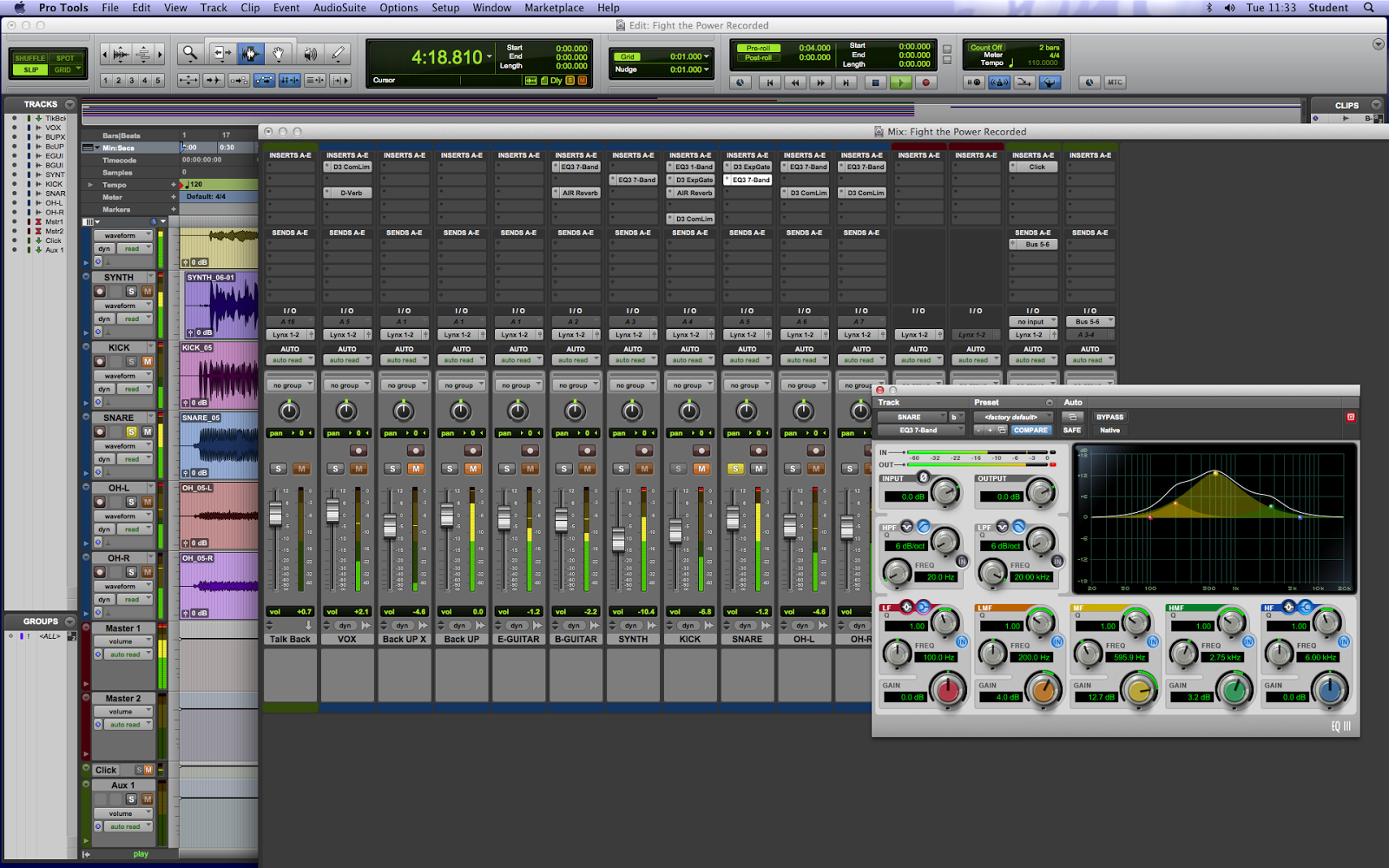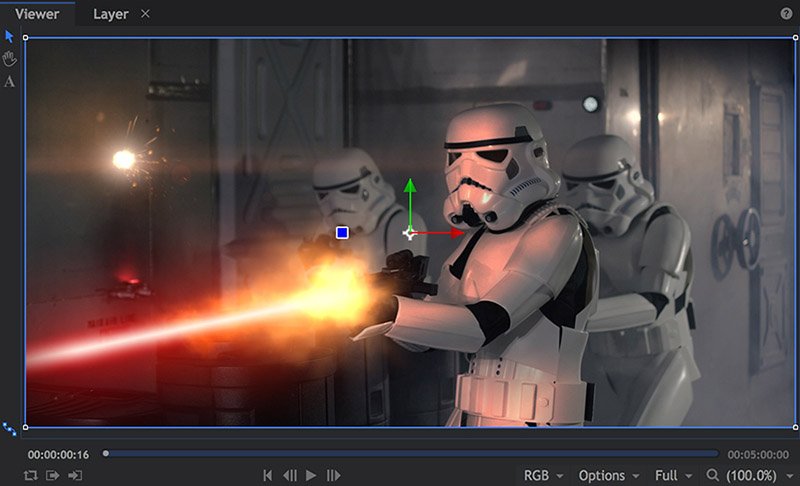

- #Hitfilm pro how to change project resolution 1080p#
- #Hitfilm pro how to change project resolution mp4#
- #Hitfilm pro how to change project resolution software#
It’s worth waiting for, so you should probably always click it. The ‘use maximum render quality’ button on Premiere Pro will improve the scaling quality in mixed-resolution quality, at the cost of longer encoding time. Render quality is pretty self-explanatory. For that reason, you need to select a higher bitrate than you would normally use to offset the reduction in quality caused by the extra compression.Įxporting in a higher bitrate does, unfortunately, mean your file size will be larger and may take longer to render and upload, but it’s necessary if you want good quality. Online video platforms like YouTube compress your videos when you upload them.

I’d recommend using a 2-pass variable bitrate (VBR 2-pass) it takes a little longer to process but it’s worth it. CBR means the bitrate is constant and doesn’t change throughout the footage, regardless of what’s happening on the screen. You can choose between CBR, VBR 1-pass, and VBR 2-pass. Bitrateīitrate is related to compression. However, it also increases the time it takes to export your video. On final cut pro, the ‘render at maximum depth button’ sets the color depth to 32-bit, which is the best setting to use.

Colour DepthĬolour depth is important for reducing artifacts and improving the quality of compositing and effects operations.
#Hitfilm pro how to change project resolution 1080p#
For 1080p footage, a 4.2 level should be sufficient. If the level is too low, you may be unable to export in higher resolutions.

It matters because it needs to be suitable for the resolution you’re using. The ‘level’ export setting is a preset for different encoding resolutions and framerates. You don’t need to worry about it too much, as you’ll pretty much always want to use ‘high’ in any situation. The profile is kind of like the engine running the encoding. On Adobe Premiere Pro, you can choose between three ‘profiles’ when exporting: baseline, main, and high. Just use the codec that YouTube recommends, H.264. You don’t really need to know much about it, as YouTube has made it very easy to figure out which codec to use.
#Hitfilm pro how to change project resolution software#
The video codec is the software that compresses the video when you export it. Most YouTube videos are filmed and exported in either 24fps or 30fps. You should choose a frame rate that matches the frame rate of your source footage, which will depend on your frame rate settings on your camera. These still images are called ‘frames’, and the frame rate refers to the number of frames we see per second (fps). Moving footage in videos is created by stringing together still images in rapid succession. It’s possible to export videos and upload them to YouTube in 4K resolution for ultra-HD, cinematic videos. 1080p is the standard HD resolution that most creators on YouTube use, but it’s not the largest. The larger the resolution, the better the quality of the footage. Resolution refers to the number of pixels that are displayed in each dimension. Here’s an overview of each of the most important video export settings you need to know about Resolution Don’t worry, it’s not as complicated as it seems. When you first open up the export screen, it’s easy to be overwhelmed by all the different settings. In the rest of this article, we’ll explain the different settings you need to know about and walk you through how to choose the right export settings for different editing programs and resolutions. The settings you should export videos in will depend largely on the properties of your source footage, the video editing software you’re using, and tolerance for large file sizes. Of course, those are all fairly generic guidelines. The best audio bitrate is 384 kbps (stereo) and the best audio codec is AAC-LC. The best bitrate will differ depending on your resolution but should be fairly large to account for YouTube’s compression. The ideal resolution and frame rate will depend on your source footage (YouTube supports several frame rates between 24 and 60 fps).
#Hitfilm pro how to change project resolution mp4#
So, what are the best export settings for YouTube? According to YouTube’s own recommendations, videos should be exported in MP4 video format, using an H.264 video codec. The problem could be with your export settings, which is why I’ve put together this guide to the best export settings for YouTube. Don’t you hate it when you invest in a high-quality camera and your footage still ends up looking lousy when you upload it to YouTube?


 0 kommentar(er)
0 kommentar(er)
